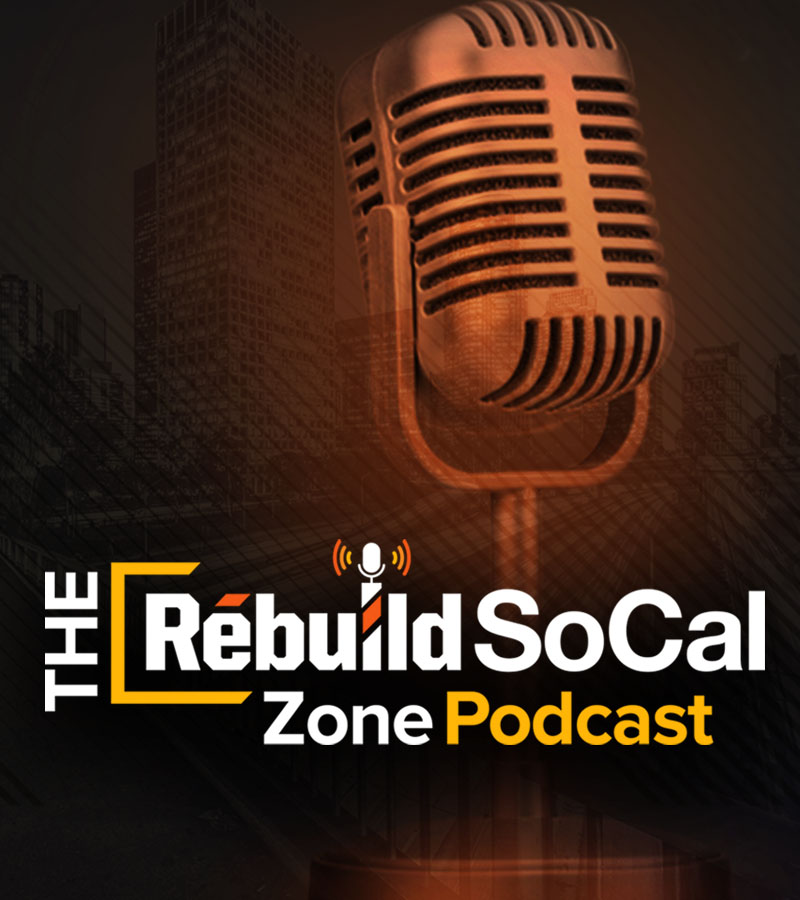A new report released by TRIP, a transportation research nonprofit, explores the impacts of the coronavirus pandemic on the nation’s transportation trends. According to the report, as the U.S. continues to emerge from the pandemic, vehicle travel has returned to near pre-pandemic levels and has surpassed pre-COVID levels in 15 states.
Transportation Impacts and Implications of COVID-19 provides a review of the initial impact of COVID-19 on the nation’s mobility patterns and “is helpful in gaining insights to the future of U.S. transportation and in determining appropriate future transportation policies.”
“While future transportation trends in a post-COVID-19 world will likely take several years to fully emerge, we already see that vehicle travel is almost back to pre-pandemic levels,” said Dave Kearby, TRIP’s executive director. “Meeting the nation’s post-COVID-19 mobility needs will require that increased federal and state transportation funding provide state and local governments the flexibility to determine how best to improve their transportation system.”
Initially, as many Americans chose to stay home, work remotely and shop online during the pandemic, the nation saw a significant decrease in both Average Trips Per Day (ATPD) and the number of Vehicle Miles Traveled (VMT.) But signs of recovery were evident by early Spring 2021.
VMT: The TRIP report found that while U.S. VMT bottomed out in April 2020 at a level 40% below that in April 2019 — by March 2021, VMT had bounced back to only 3% below March 2019 levels (the most recent March not impacted by the pandemic) and vehicle travel in 15 states had actually surpassed March 2019 rates.
ATPD: Data from the U.S. Bureau of Transportation Statistics indicate that the share of Americans who report staying home and avoiding any trips has nearly returned to pre-pandemic levels also. At the height of the pandemic’s impact, the total number of daily trips had declined by 38% between April 2019 and April 2020. But by March 2021, the total number of daily trips had rebounded to only 12% below the April 2019 statistics.
Trends in California mirror the national picture in some areas and differ in others: By the end of the first year of the pandemic, between April 2019 and April 2020, VMT in the Golden State had declined by 41% (mirroring the national average.) By March 2021, during its post-pandemic emergence, that deficit had shrunk to just 7.4% below pre-pandemic levels, albeit not quite rebounding to national levels. It’s when you look at California’s statistics that you see the state separating itself from the nation in commuting patterns. As of March 2021, ATPD in California were still 39% below trips taken in April 2019, a significant divergence from the national average of -12%.
The TRIP report finds that transportation policy post-pandemic will need to be flexible to reflect emerging trends. Post-pandemic factors that are likely to impact U.S. travel patterns include reductions in commuting, business travel, and in-person meetings; increased use of e-commerce and telemedicine; and evolving preferences for travel modes due to relative changes in travel options.

